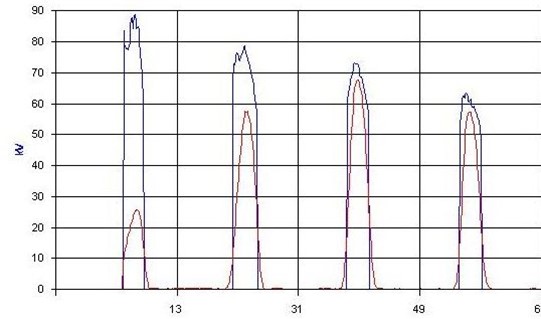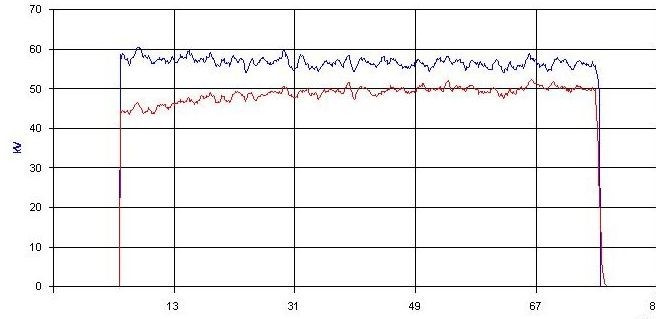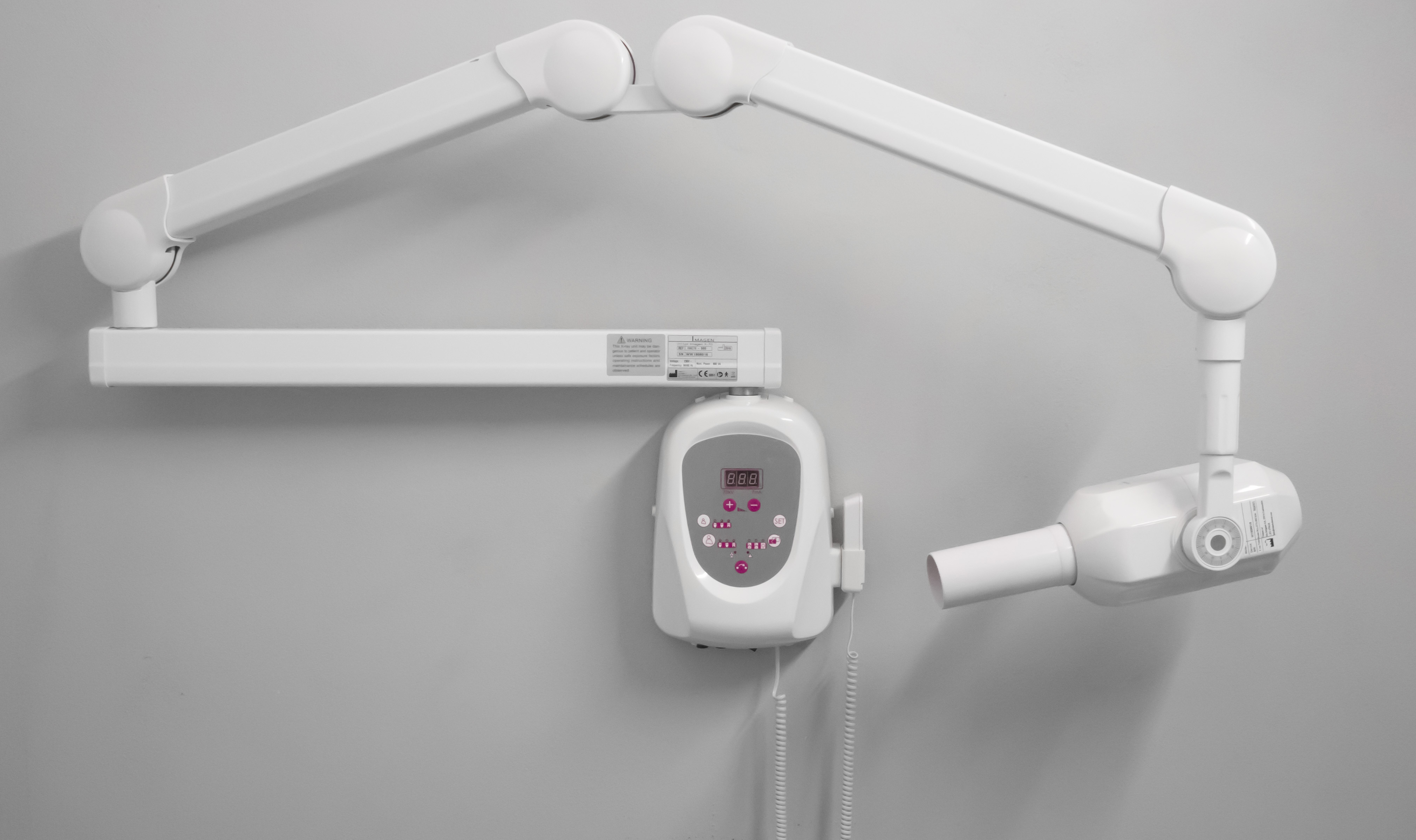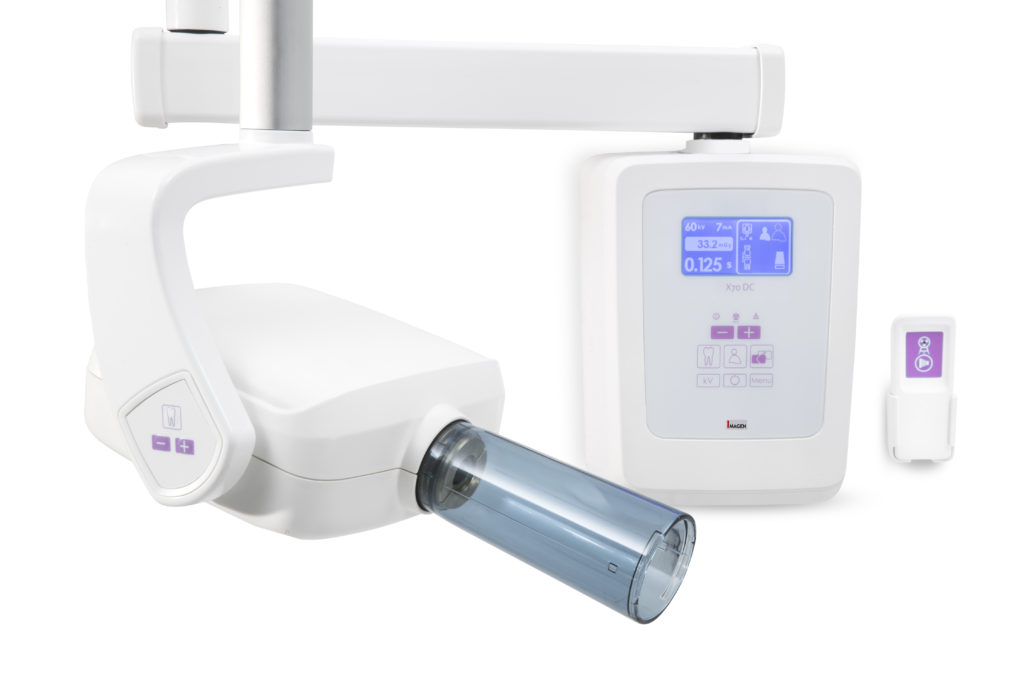Crucial Questions to Ask When Buying a Dental Intraoral X-Ray Unit
Whether you are installing a dental intraoral X-Ray unit in a new office, or you need to replace an old unit, it’s helpful to go into the process eyes wide open.
- Does it matter whether it’s a DC or AC x-ray?
Both types of wall mounted intraoral x-ray units in a dental office (whether it is a DC X-Ray generator or an AC X-Ray generator) are powered by basic AC electricity that comes from the wall. The difference between a DC X-Ray and an AC X-Ray lies in what they do with that incoming electricity.
The incoming AC electricity is like a sine wave: it has pulses that go up and down.
A DC dental intraoral X-Ray generator changes this input electricity so that the x-ray coming out of the unit is a single pulse that maintains more of a consistent power level through the entire exposure.
Example of an AC Waveform:

Example of a DC Waveform:

This difference in the profile of the x-ray output results in two subtle effects.
1_AC X-Ray output creates more radiation when all other parameters are equal.
2_ With AC X-Ray there may be less consistent image quality when all other parameters are equal
You may ask: why would anyone buy an AC X-Ray unit? The answer is two-fold. First, there may be a price advantage with the AC X-Ray unit. Second, the differences in both dosage and radiation are very slight, and both of these results are well within the worldwide federal requirements for these pieces of equipment.

- Do I need a different dental intraoral X-Ray generator if I am using film instead of digital sensors?
The short answer is: typically no.
Typically, the amount of x-ray energy required to generate ideal images with film is higher than that required for a digital sensor. However, almost all intraoral x-ray units today have the ability to adjust settings.
- Do I need a wall-mounted unit or a mobile unit?
This is a fundamental question that depends on your office needs. Handheld/mobile x-rays generators offer some economies of scale as they can be shared between rooms. However, there are performance aspects of a wall-mounted unit that are often preferable to a handheld X-Ray generator.

What shielding is required in the office?
The official requirements will vary state by state (and in some cases, by locality). However, here are some guidelines to consider.
The two most common characteristics of the office that are typically specified as requirements for intraoral x-ray operation are distance and wall material (sometimes referred to as “distance and density”). The reason for this, is that these are two very effective protections against radiation.
Sometimes simply having 2 meter spacing between the intraoral x-ray generator and an operator is sufficient and no walls are required. Sometimes, a basic wall (typically referred to as “drywall” or “gypsum”) is required to separate the x-ray unit and the operator.
Simple&smart has recently started to distribute X-RAY devices thanks to a partnership with another Italian Company.
All our radiology products follow our philosophy: simple, economic with great reliability. The complete range of radiology products will be presented soon into the “products” section.
Contact our experts at info@simplesmart.it if you need technical and price information.
